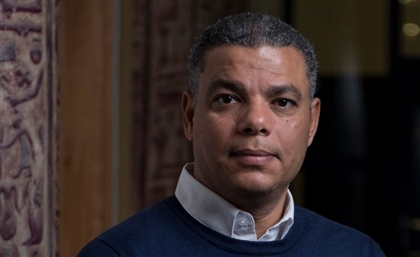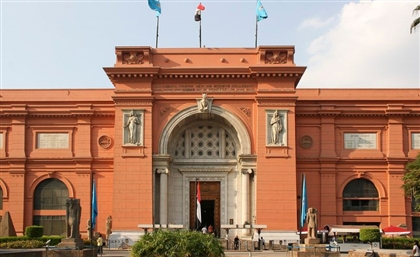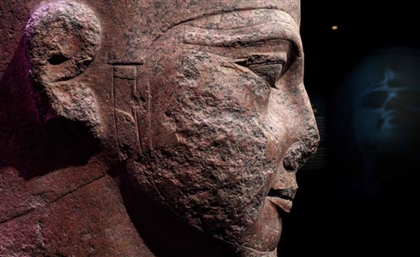The Revolutionary History of Tahrir Square
159 years since its inception, Tahrir Square remains a focal point in the history of Egypt’s pursuit of liberty.
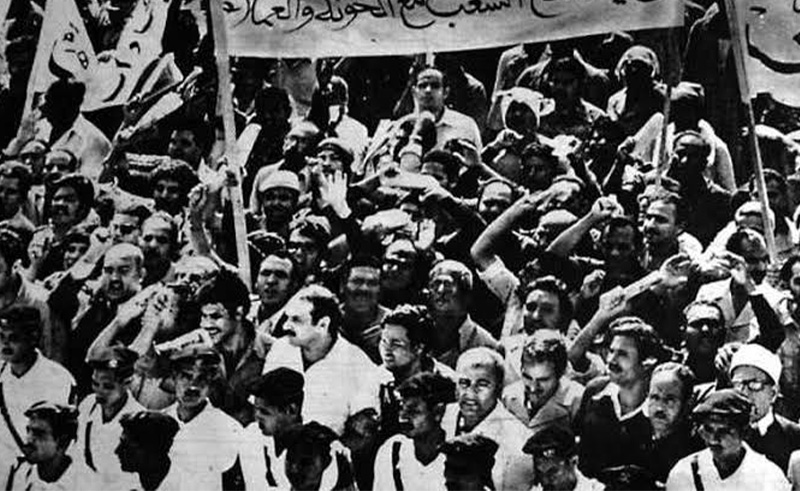
Were Egypt a grand theatre, Tahrir Square would be its stage. In no other place and at no other time has the collective voice of the Egyptian people ever been more amplified and passionately expressed as it has been there. On the thirteenth anniversary of the January 25th revolution, we take a look back at the history of the place, and how it came to symbolise liberation for six consecutive generations.
1865: A Square is Born In his native Turkish, Khedive Ismail, then forty-eight years old and a few months away from an inglorious abdication, spoke the solemn words: “My country is no longer only in Africa; we are now part of Europe, as well.” He was referring, of course, to the grand architectural transformation that had swept across Egypt, most discernibly in downtown Cairo. The goal was to craft a Paris along the Nile—an ambitious construction project that, well before its completion in the early 20th century, had already pushed the country into flagrant bankruptcy. Two years later, with the mantle now bestowed on Tewfik Pasha, Ahmed Orabi gathered his military unit and marched on Abdeen Palace to demand an end to the crippling influence of Europe. Orabi and his forces assembled less than a mile from the palace, in what was then known as Ismailia Square. Built in 1865 and named in honor of its commissioner, it would later go on to stand as a symbol for liberation in the country. 1919: Saad Zaghloul In 1919,Saad Zaghloul, with his newly-formed Wafd party, used the square again to protest the suffocating British occupation. Nationalist sentiments rocketed in the square to such a level that the name had to be changed. No longer would it be another property of the Khedive. Almost overnight, the people decided to give it a different title: Tahrir. The effects of the revolution culminated in 1922, as King Fuad declared independence. Britain recognized the new nation, but its grip on defense and foreign affairs remained, casting a long shadow over newfound sovereignty. 1952: The Free Officers The name “Tahrir Square” would not be recognized by the state until 1952, when, in an act of solidarity with the masses, the Free Officers, at the time new to power, decided to change it once and for all. They too had mobilized their supporters there, and saw an opportunity to make a statement by embracing the spirit of change that was percolating in the square. The act cemented Tahrir as more than just an ephemeral phenomenon. It was clear to everyone that with every new movement that demanded change from the leaders of Egypt, the one thing that remained constant throughout was the character of Tahrir. 1972: The Student Movement Since the early thirties, young, left-leaning activists had been covertly building their own personal think tanks. Congregations were formed on college campuses and their conversations spanned wide-ranging topics. Leaders of these movements wrote copiously, documenting every step of the way. It was a time of budding political involvement for the youth of Egypt. Ahmed Fouad Negm and Sheikh Imam would make regular visits to university campuses to bolster the spirit of change. Books were shared and collected in libraries for anyone to access. Names like Arwa Saleh, Zein Al-Abadin Fouad, and Ahmed Bahaa Shaaban all came to the fore, laying the intellectual and artistic foundation for many future generations. The student movement grew to be so influential that in 1972, they came directly head to head with the Sadat government. University campuses were invaded, crackdowns were enforced, and leaders and organizers were arrested by the dozens. For a moment in time, it seemed as though the movement had suddenly lost all its momentum. Five years later, the students would find each other again. 1977: Bread Intifada It was a calamity waiting to happen. The riots of 1977 marked the inevitable culmination of decades worth of student protest movements. On January 17, 1977, President Sadat secured a loan from the World Bank to cover rising debts. Amongst the conditions for the loan was that Egypt undergo a massive economic overhaul. In compliance with the Bank, Prime Minister Mamdouh Salem ordered that the EGP 553 million subsidies be cut in half. Irate protestors took to the streets, and flooded Tahrir Square. 48 hours later, the government backtracked. 2000: The Second Intifada Amid the fervor of Palestine’s second Intifada, the voices of Egyptian demonstrators found a symbolic stage yet again in Tahrir Square. Thousands surged into the space, their resolute presence transforming it into a rallying point for solidarity with the Palestinian cause. The place bore witness to a convergence of impassioned comrades, united by a shared determination to make their voices resound against Israeli violence. The square's historic significance was once again etched into the tapestry of Egypt's struggle for justice and solidarity with the broader Arab world. 2011: The Fall of Mubarak On January 25th, 2011, years of bottled-up outrage coalesced in an uprising of a scale never before seen. It was the first revolution since 1952, and the first ever to utilise the internet for coordination and mobilisation. Inspired by the Tunisian revolution, millions from across the country flooded into Tahrir Square, united by a diverse array of demands. Their complex aspirations echoed through the square, demanding free and fair elections, unfettered freedom of speech, the abolition of the notorious emergency law, and an end to habeas corpus abuses. For eighteen days, protestors weathered tear gas and rubber bullets. On February 11, 2011, President Mubarak finally yielded to the people's will and stepped down. It was in every way a watershed moment, marking the end of an era and the dawn of a new one. 2013: The End of the Muslim Brotherhood It was only two years after one of the most transformative moments in the country’s history. Discontent was rampant. Fueled by the same impulse of the revolution, Egyptians took to the square once more, this time to demand the end of the Muslim Brotherhood’s reign and its bold readjustments to the constitution
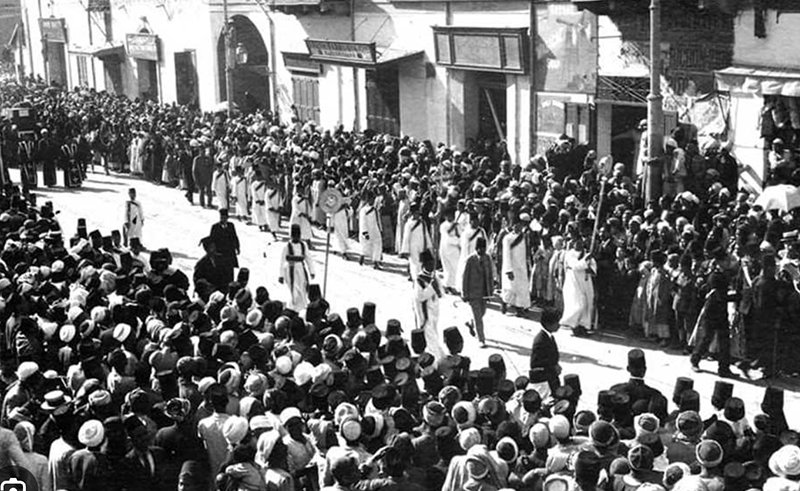


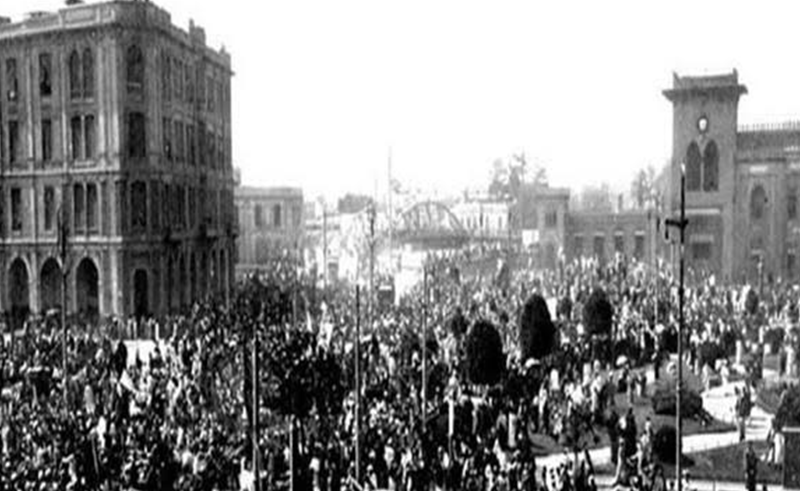

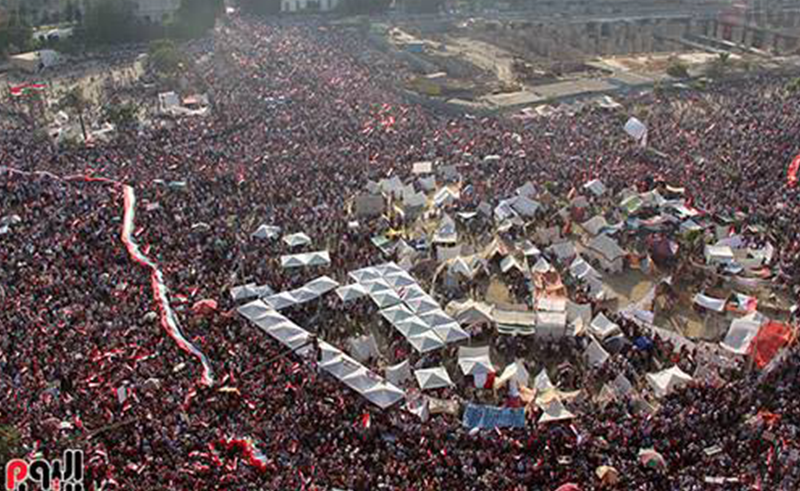
- Previous Article Deus Deserto: Qatari’s Barrier Breaking Peak Time Techno Act
- Next Article 7 Public Parks To Visit In Egypt During Eid Al Fitr




